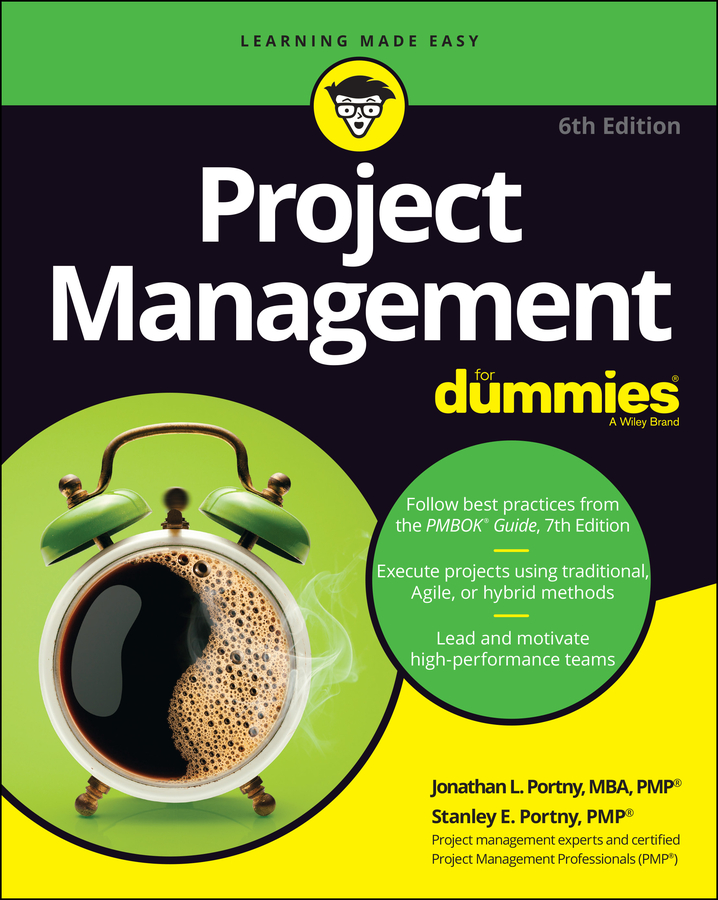Planning and managing a long-term project presents special challenges. Often the work you perform a year or more in the future depends on the results of the work you do between now and then. Even if you can accurately predict the work you’ll perform later, the farther into the future you plan, the more likely it is that something will change and require you to modify your plans.
When developing a work breakdown structure (WBS) for a long-term project, use a rolling-wave approach, in which you continually refine your plans throughout the life of your project as you discover more about the project and its environment. The rolling-wave approach acknowledges that uncertainties may limit your plan’s initial detail and accuracy, and it encourages you to reflect more accurate information in your plans as soon as you discover it.
Apply the rolling-wave approach to your long-term project by taking the following steps:
Break down the first three months’ work into components that take two weeks or less to complete.
Plan the remainder of the project in less detail, perhaps describing the work in packages you estimate to take between one and two months to complete.
Revise your initial plan at the end of the first three months to detail your work for the next three months in components that take two weeks or less to complete.
Modify any future work as necessary, based on the results of your first three months’ work.
Continue revising your plan in this way throughout the project.

